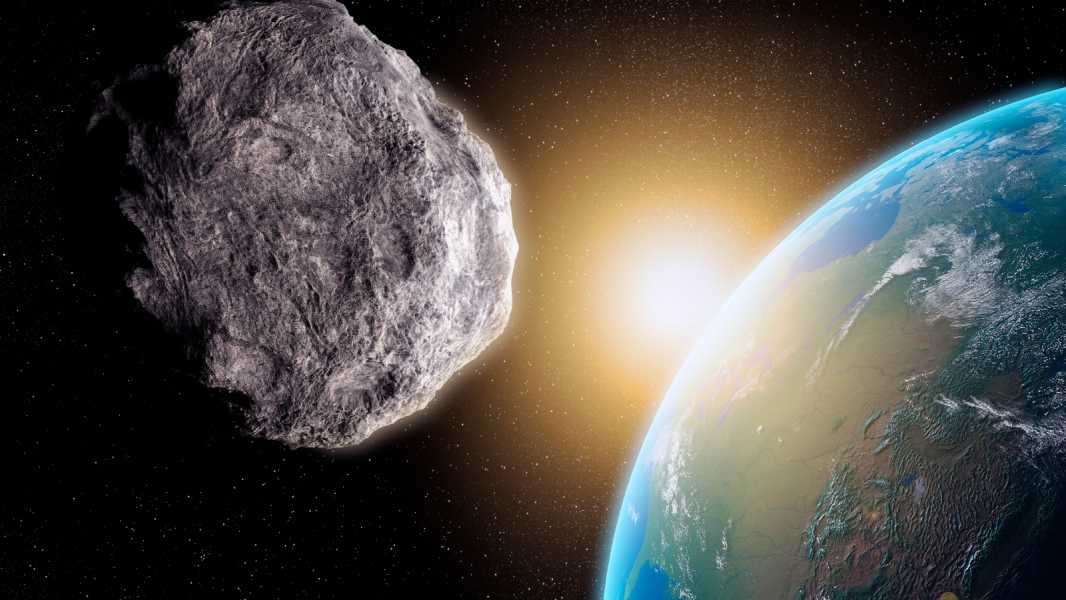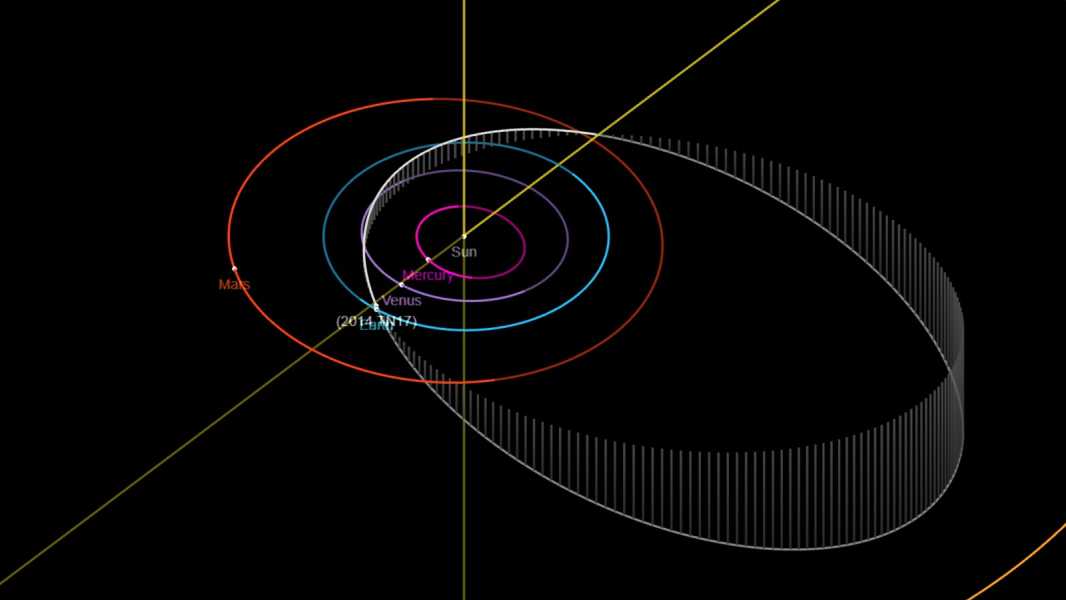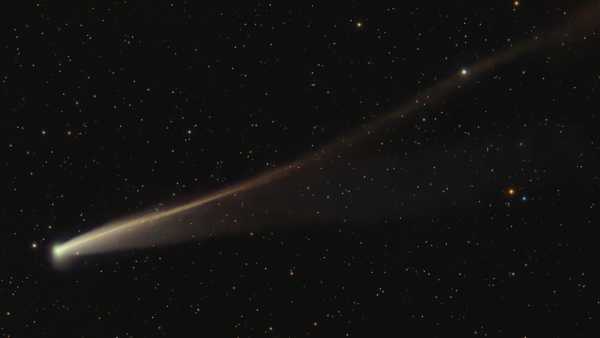
Asteroid 2014 TN17 is larger than the Great Pyramid of Giza. If it ever hits our planet, it could destroy an entire city. (Image credit: Getty Images)
A “potentially hazardous” asteroid the size of a pyramid will fly past Earth this month at an estimated 48,000 mph (77,300 km/h), making its closest approach to our planet in more than 100 years. However, the massive space object does not pose a risk of impact now or in the future, according to available data.
On Wednesday (March 26) at about 7:30 a.m. ET, asteroid 2014 TN17 will come within 3.2 million miles (5.1 million kilometers) of Earth — about 13 times farther away than the moon, according to NASA's Jet Propulsion Laboratory (JPL). It will be the closest approach predicted for the asteroid in nearly 300 years of JPL modeling, which included calculations of all its passes from 1906 to 2200.
Scientists estimate it to be about 540 feet (165 meters) wide. That’s slightly taller than the Great Pyramid of Giza in Egypt, and enough to wipe out an entire city if it collided with our planet. NASA classifies 2014 TN17 as “potentially hazardous” because of its size and periodic closeness to Earth. However, that doesn’t mean it’s dangerous.

Modeling shows that 2014 TN17 will make its closest approach to Earth on March 26. It has not been this close to our planet since at least 1906.
During the upcoming flyby, the asteroid will be too distant to be seen with a backyard telescope or binoculars used for stargazing. However, it is large enough for scientists to study, and plans are currently underway to observe the space object using NASA's Goldstone Solar System Radar (GSSR) in California, which specializes in observing nearby solar system objects as they pass by us.
In recent years, the GSSR has helped identify the unusual “snowman” shape of one asteroid, detect changes in the orbital path of another, and discover a mini-moon orbiting a third. The upcoming observations could provide similarly interesting data about 2014 TN17.
Close encounters
According to the International Astronomical Union's Minor Planet Center, there are currently about 2,500 known potentially hazardous asteroids. None of them threaten Earth anytime soon. However, there are a few that will come quite close.
Sourse: www.livescience.com





